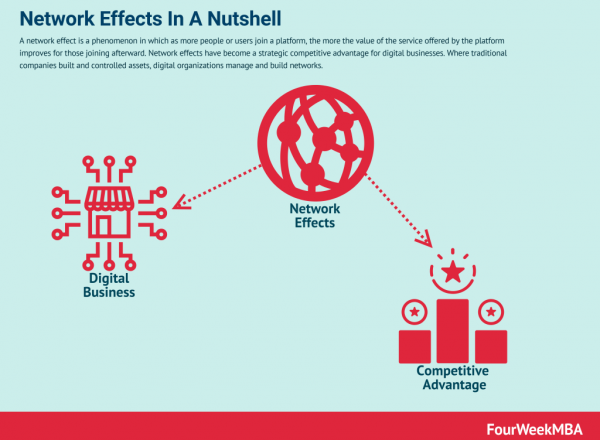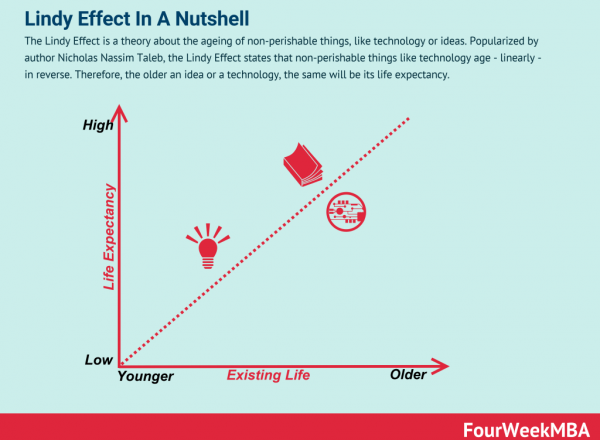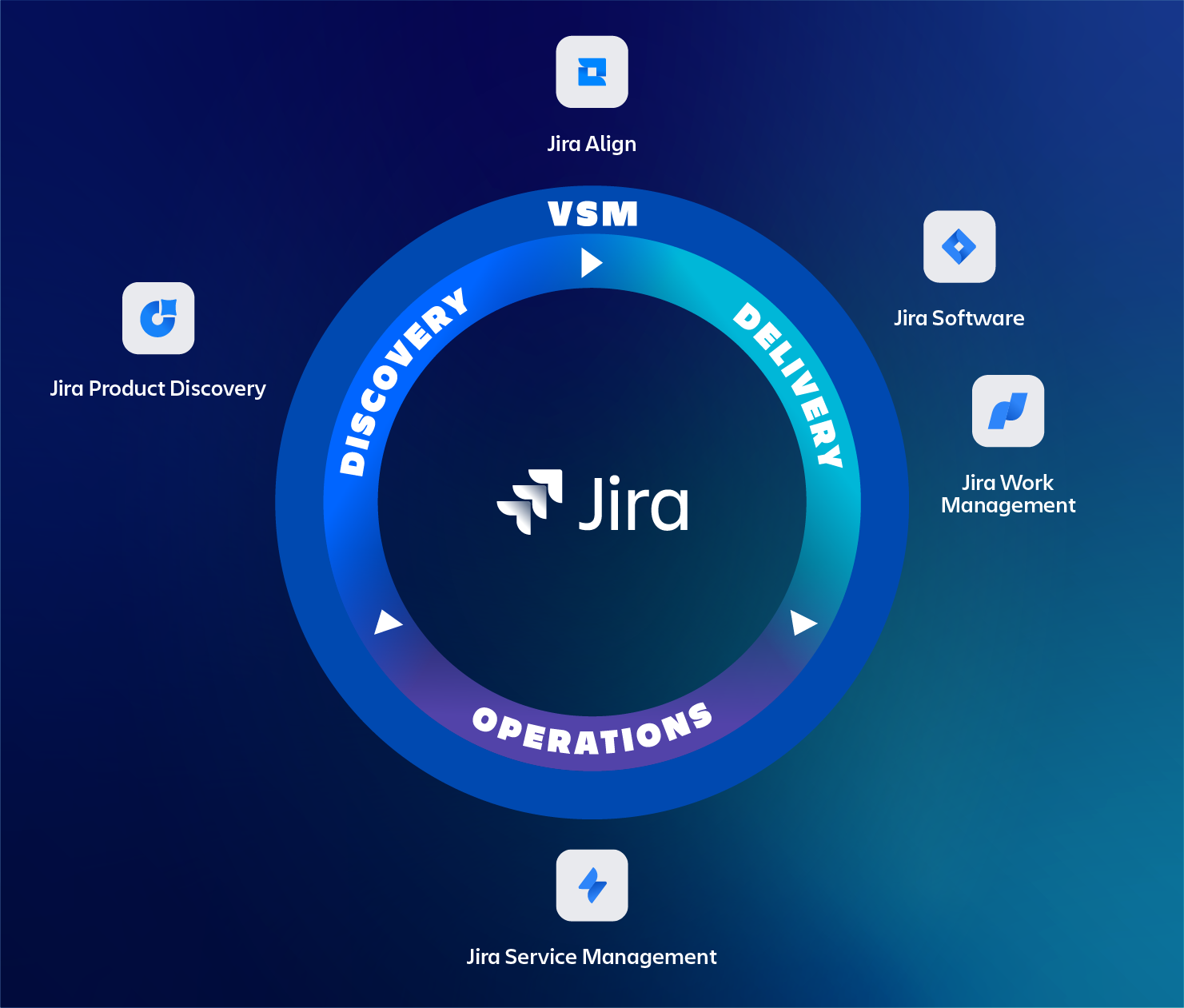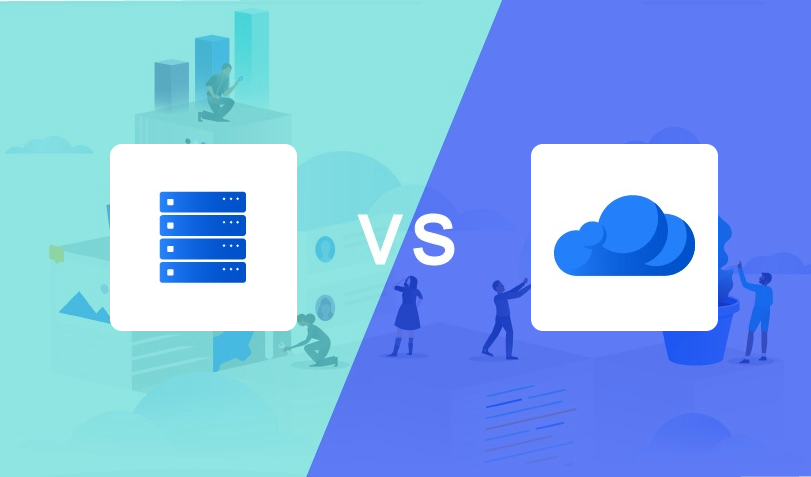
This blog is about one of the most popular ticketing systems in the world right now and its future. What are the chances that Jira will be around in the coming 5-10 years? And what the future of ticket processing could look like.
The Past
While being employed with TMC ALM for almost 10 years, plus another decade of Configuration Management related activities and dealing almost every working day with Jira I sometimes wonder will I witness the birth of the next Jira in my lifetime? In one of my previous assignments I used to work with Rational ClearQuest (IBM), Introduced in 1981 ( https://en.wikipedia.org/wiki/Rational_Software ). Still being maintained by IBM. Although it has not been given a lot of love lately.
Something new
Still remember it was quite cumbersome to work with, Unix-based and scarce information/documentation and an almost non-existing community to work your way through the command-line interface (CLI). So was happy to discard the thick big paper binders with the manuals. When confronted with Jira there was immediately the sense of recognizing something special. In a sense: “Where were you all this time?” It would have made my daily job so much better.
What will the future behold?
After having to spend time with Jira some questions that are touching my mind from time to time:
- So what makes us think there will be no next-gen Jira?
- Is Jira the best the world has to offer us?
- Is the new Jira already here?
- What would it take to master the new Jira?
What makes Jira number 1 for now and…
In the next two chapters, I will try to explain the success of Jira and why it will still be successful over the next years or decades. Based on theories that are also applicable to other (technical) inventions and products are known to us. These are:
- Network Effect (Metcalfe’s law)
- Age Affect (Lindy’s law)
- Size of the Ecosystem
- Culture
Network Effect (Market lead)
The success of technology is often defined by its network effect. Also, know as Metcalfe’s Law ( https://en.wikipedia.org/wiki/Metcalfe%27s_law ) The more people use a technology or product the more likely that other people would want to use it as well.
Especially in challenging times, people tend to go for the safer choice, i.e. low risk, and select a product that could be more expensive – in the case of Jira we still think it has great value for money compared to its direct competitors – but returns them some safety that the product will be around for a long(er) time than its competitors.
Since Jira has been the #1 in issue management for many years, you could argue that Jira ticks the box of Network Effects. Meaning that many companies and users will gravitate to Jira. With the low entry prices, the entry barrier is very low as well. Making it easier to join the network. The network also included the Ecosystem, which we will discuss further on.

Network Enablers
Another enabler to grow the network effect are the many integrations that are available for Jira. These can be divided into integrations that are actively developed by Atlassian but also a good number of integrations developed by 3rd party parties. Most of them can be found on the Atlassian Marketplace ( https://marketplace.atlassian.com/search?marketingLabel=Platform-Partners ). We will also discuss further on when touching on the ecosystem.
Some examples, but not exclusively, of Atlassian integrations supported by Atlassian are:
- Slack, AWS, Dropbox, Google
Not to forget 3rd parties who develop integrations with other products as well. Examples are:
- Exalate: synchronize tickets between other products like Zendesk, HP ALM, Github, Salesforce, and more
- Integrating mail clients with Outlook
Lindy effect / Age effect
The second effect is the age effect, also known as the Lindy Effect ( https://en.wikipedia.org/wiki/Lindy_effect ). Wikipedia explains this as: “the future life expectancy of some non-perishable things, like a technology or an idea, is proportional to their current age. Thus, the Lindy effect proposes the longer a period something has survived to exist or be used in the present, it is also likely to have a longer remaining life expectancy.”
If we would list some of the top three issue management tools ( https://www.clearvision-cm.com/blog/atlassian-named-as-a-leader-in-gartner-magic-quadrant/ ) and their introduction date:
- Atlassian Jira (2002)
- Azure Devops ( https://nl.wikipedia.org/wiki/Azure_DevOps_Server ) (2005)
- VersionOne Collabnet (1999)
Then we see that Atlassian is one of the first new generation issue management tools. With a lifespan of two decades, we can assume many more years to come. By the way, if you’re interested in the early Jira designs: https://community.atlassian.com/t5/Jira-articles/Evolution-of-Jira-Design-Part-1/ba-p/1304571

Ecosystem
Another success factor is an active ecosystem. This is where the products, services, users, and community get together and interact to add value. The products in the ecosystem interact together in such a way that the value of the ecosystem is larger than the sum of its individual products.
Some Atlassian’s ecosystem statistics:
- Number of marketplace items available
- 2500 cloud apps available ( https://www.atlassian.com/blog/add-ons/marketplace-momentum )
- Available Integrations
- Enabling connections to 3rd parties → enhances network effect + prevents customers from leaving their ecosystem.
- Atlassian Community
- 4M+ community members, 3K+ community events, 150+ community groups (source: https://community.atlassian.com/ )
Do customers leave their ecosystem?
Generally, once a customer enters an ecosystem they are likely to buy more products in the ecosystem to extract even more value. By doing this they’re increasing the network effect. If a customer interacts in a positive way with another user products, both individuals benefit, and thus the value of the ecosystem increases.
To leave an ecosystem customers will face the cost of migrating to another product of equal or better value. Generally, customers only leave if the new project, to switch to, is such an improvement that it surpasses the migration effort. These do not only include the technical migration but also support your organization in making the migration to the new environment.
Culture
Last but not least, there is also the culture. For this is part of the ecosystem as well. Atlassian is very clear on its culture and values ( https://www.atlassian.com/company/values ). I am sure you have heard or read them before, but if you’re not familiar with Atlassian values:
- Open Company, no bullshit
- Build with heart and balance
- Don’t #@!% the customer
- Play, as a team
- Be the change you seek
It is known that the values above, known as soft power(s), successfully support the growing and maintaining of an ecosystem.
What will the next Jira look like?
As TMC ALM, in order to better support our customers, we continuously look for better products to manage your work items.
So how would you recognize a new Jira?
It would probably be something that we do not recognize. As it would probably be a technology that makes ticketing obsolete. We’re not talking about just a ‘faster horse’ as Ford mentioned ( https://hbr.org/2011/08/henry-ford-never-said-the-fast )
Some examples of new different technologies that completely replaced the existing:
- light bulb replacing candles
- tractor replacing horses
- elevators replacing stairs
But it could also be a combination of existing technologies into a new form ( https://en.wikipedia.org/wiki/Technological_convergence#Cell_phone_convergence ). For example, the modern-day smartphone integrates the camera (Kodak), mail, and wireless internet.
In short: we’re not sure if the next Jira is already here yet or what it would look like.
What time does it take to become an expert?
Now that you want to migrate to a new platform or ecosystem, how much time would it take to become an expert and ultimately master the subject? Google suggests that becoming an expert in these matters would take typically 10.000 hours.
Now that there is internet available someone can tap into the many online resources and communities to gain specific knowledge. Making it easier to shorten that curve.
In TMC, we make use of networked expertise, where information is shared. At TMC we are with a broad number of Atlassian Certified professionals which further strengthens the platform of Atlassian expertise. Also meaning that it’s more important how to find information than to know something.
Still, from our experience, we find it takes approx 3 to 4 years of daily hands-on experience with the product to become an expert on the subject. This is also the time Atlassian advises before taking one of the Atlassian Certified exams.
Want to prepare for the future?
Enthusiastic about Jira or want to migrate or integrate your existing ticketing system to something future-proof? The certified Atlassian experts of TMC ALM are happy to help you with all of your questions, requests, or remarks. Feel free to reach out to us via our contact page to start the conversation.



